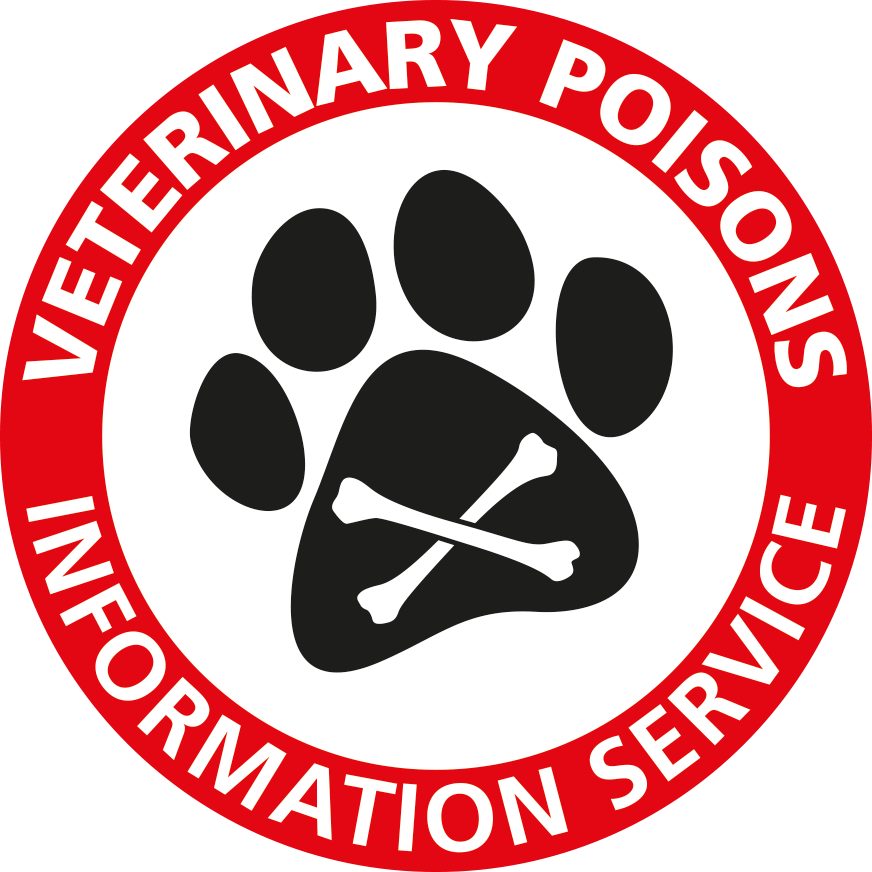The Horticultural Trades Association, working with plant toxicologists and the Veterinary Poisons Information Service, have reviewed the toxicity of plants sold through nurseries, garden centres and online retailers in the UK and have recommended labelling those plants which fulfil the following three conditions:
- They have been identified as being a significant hazard to humans or pets (not livestock)
- The toxic parts of the plant are available or produced in the UK
- The symptoms following ingestion and/or contact can be serious (skin allergies are included, but respiratory and food allergies are not).
Plants are labelled in three categories - A, B and C - according to the severity of the hazard. With the exception of those in category A, the plants in this guide are perfectly safe to purchase as long as the warnings are heeded. However, it is recommended that they are placed or planted where small children and pets are unlikely to have access to brush against or eat them. There are in addition standard labels for loose and pre-packaged ornamental bulbs, and plants with ornamental fruit; while these are considered to have low toxicity, a large ingestion may result in mild symptoms, and bulbs can pose a choking or gastrointestinal obstruction hazard to pets.
While a majority of retailers endeavour to label the plants that they sell, labelling is voluntary. It will also take time for the recommended labels to be adopted while old stock is being used up; a sell-through period reduces plastic waste.







